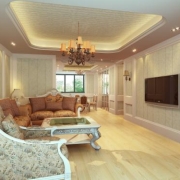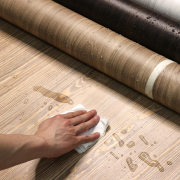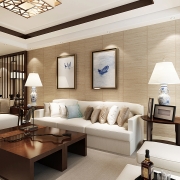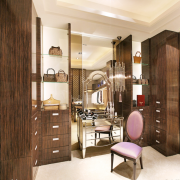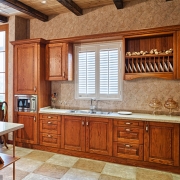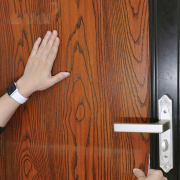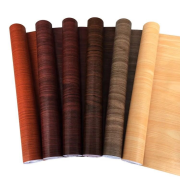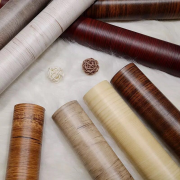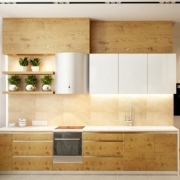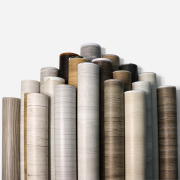Selection Tips for Room Decoration Wall Panels
Choosing the right wall panels for room decoration is crucial for creating a cohesive and visually appealing space. Here are some selection tips to guide you:
Define Your Style: Before selecting wall panels, identify your preferred interior style. Whether it’s modern, traditional, rustic, or eclectic, understanding your style preferences will help narrow down your choices.
Consider the Room’s Purpose: The function of the room should influence your panel choice. For example, a bedroom might benefit from calming and soft textures, while a kitchen or dining area could embrace a more durable and easy-to-clean option.
Texture and Pattern Coordination: Coordinate the texture and pattern of the wall panels with the existing elements in the room. If you have patterned furniture or rugs, choose panels that complement rather than clash with these patterns.
Color Harmony: Ensure that the color of the wall panels harmonizes with the overall color scheme of the room. Consider the tones of your furniture, flooring, and other decor elements to create a cohesive look.
Material Selection: Choose wall panels made from materials that align with the room’s purpose. For instance, wood panels might add warmth to a living room, while moisture-resistant materials like PVC may be suitable for bathrooms or kitchens.
Budget Considerations: Establish a budget for your wall panel project. There are options available at various price points, and knowing your budget will help you narrow down choices without compromising quality.
Balance Boldness: If you opt for bold or intricate patterns, balance them with more subdued elements in the room. Striking a balance prevents the space from feeling overwhelming.
Consider Wall Height: The height of your walls can influence the type of wall paneling that works best. For example, tall wainscoting might be suitable for rooms with higher ceilings, while simple paneling can work well in smaller spaces.
Evaluate Lighting Conditions: Consider the room’s natural and artificial lighting. Darker panels in a room with limited natural light might make the space feel smaller, while lighter panels can enhance a sense of openness.
Ease of Maintenance: Consider the maintenance requirements of the wall panels. In high-traffic areas or spaces prone to splashes and spills, opt for panels that are easy to clean and maintain.
Sample Testing: Obtain samples of your chosen wall panels before making a final decision. View them in the room under different lighting conditions to see how they interact with the existing elements.
Create Visual Interest: Experiment with creating visual interest by combining different panel styles. For example, you might use a single bold panel on one wall as a focal point while keeping the others more neutral.
Check for Customization Options: If possible, choose panels that can be customized to fit specific dimensions. Customization ensures a tailored look that fits your space perfectly.
Read Reviews and Recommendations: Research the brands and types of wall panels you are considering. Read reviews and seek recommendations from others who have used similar products for their experiences and insights.
By keeping these tips in mind, you can make informed choices when selecting wall panels for room decoration, ensuring that they not only enhance the aesthetic appeal but also contribute to the functionality of the space.

